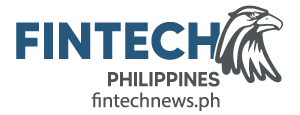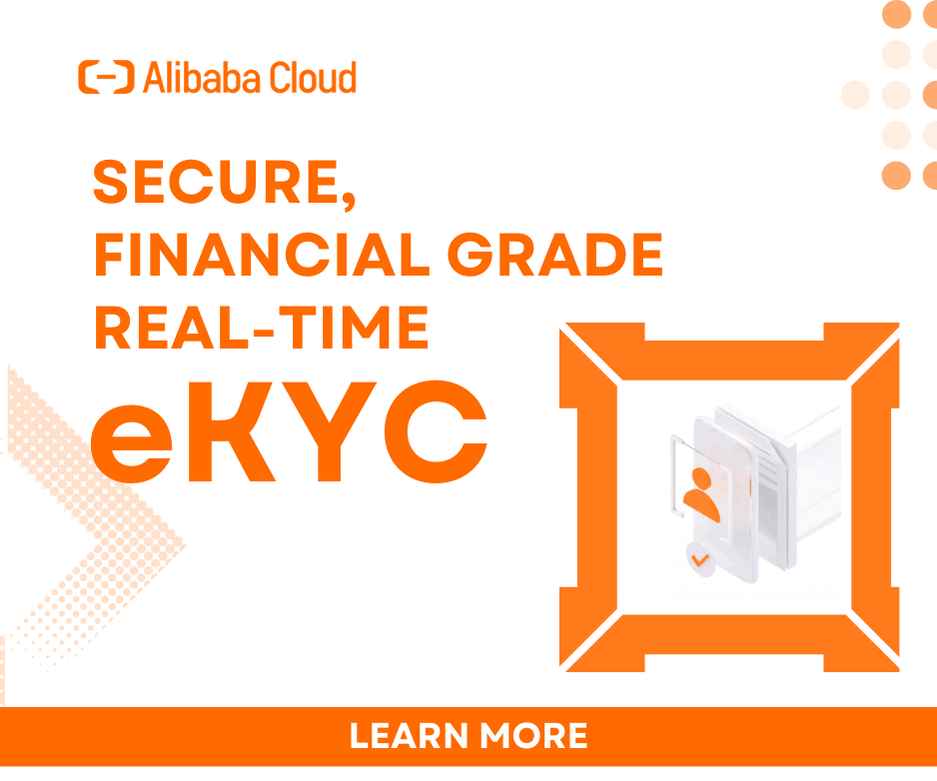
Inside the Digital Transformation Strategy of Historic PBCOM
by Johanan Devanesan September 14, 2023The Philippine Bank of Communications (PBCOM) started operations as an overseas branch of the Chinese Bank of Communications, one of the largest banks in China that was headquartered in Taiwan – making it one of the first non-American foreign commercial banks to operate in the Philippines.
From its roots in Binondo, Manila stretching as far back as 1939, PBCOM today operates nearly 100 physical branches across the Philippine islands. Recently commemorating its 84th year in commercial banking, the Bank has nonetheless been taking steps to secure its digital future as a trusted financial institution that is not left behind, but places the customer’s experience squarely in the centre of its digital transformation journey.
Spearheading this progress over the past five years has been John Howard D. Medina, Executive VP and Chief Operating Officer (COO), an avid proponent of digital modernisation – something the inherently traditional banking sector had been slow to latch on to in many places, given the steep costs and learning curve to modernise legacy infrastructure – having previously overseen the core banking system replacement project for domestic and international banking operations of the Philippine National Bank.

John Howard Medina
After years leading technology and operations teams at PNB, John joined PBCOM after retail tycoon Lucio Co became the Bank’s strategic investor and began positioning PBCOM in a position for growth. PBCOM has since been achieving digitalisation milestones, and in 2022 even obtained a licence from the Bangko Sentral ng Pilipinas (BSP) to upgrade its operations to that of a universal bank.
For John, digitising the Bank’s core commercial banking operations was the first order of business.
“So what that meant was the conglomerate to which we belong, allowed us to tap the ecosystem by converting its financial flows into digital payments, that could be coursed through PBCOM. We were successful in that,”
he said, first focusing on building their capabilities in order to leverage the more than 3,000 suppliers and 300,000 loyal customers of Lucio Co-owned hypermarket chain Puregold Price Club Inc. and retail investment firm Cosco Capital Inc.
“Today, we process billions of pesos annually, which includes most of the major, fast-moving consumer goods (FMCG) suppliers. So because of the volume of payments that [Puregold and Cosco] do, we wanted to convert that into digital payments instead of traditional cheques,”
he said.
And that digital on-ramp was successful for PBCOM, moving the accounts of corporations including those of multinational companies. John says the key was converting all transactions to digital payments, in line with the BSP’s Digital Payments Transformation Roadmap (DPTR) 2020-2023. The DPTR aimed to accelerate the adoption of digital payments in the country so that at least half of retail payments in the country would be digital by end-2023.
As he had done at PNB, John then set about transforming PBCOM’s legacy banking core.
“So we are now operating on what they call a dual-core – we have two core banking systems, one is running on the cloud. And that has the APIs (application programming interfaces) that provide us opportunities to create and launch digital products and to connect to partners, via APIs.”
To maximise the impact of this transformation for their clientele, PBCOM created two teams from the ground up.
“One is an innovation team on the product side, and an R&D team on the tech side. So they work together to come up with products and services that utilise our digital capabilities,”
John explained.
“And we also collaborate with key vendors and partners to extend the services that we don’t have in-house.“
PBCOM overcame the problem of upskilling internal teams to the new tech by outsourcing “DevOps in the beginning to jumpstart” the acceptance, but also by championing education and awareness sessions for employees to create “a cultural shift in terms of how they viewed products and services.”

PBCOM started as the Philippine branch of the Chinese Bank of Communication in 1939. Source: PBCOM Facebook
To enable this, John hired telecommunications people in the Philippines, who are used to agile development instead of the rigid structure of the waterfall product development philosophy that banks traditionally employ. He even ran courses himself during the pandemic months to train the staff on human-centred design for product development.
“They’d have to adopt a mindset change, put real people at the center of the development process, and think of the customer as individuals, and not as a faceless demographic,”
he mentioned. John again turned to “the playbook of FMCG and the telcos”, shaping strategy based “on customer insights, a lot of options and research.”
PBCOM took its own hands-on approach even when dealing with risks that might arise out of this new environment, such as emerging cybersecurity threats. Unlike a lot of financial institutions in emerging economies, PBCOM had their own internal certified ethical hackers, who would roleplay as cyberattackers one day and defenders the next, testing in fake banking environments to identify threat vectors as well as to analyse the data there.
The Bank also measures the performances of employees in their cyber readiness to deal with internal threats that might arise from a lack of awareness. In the coming years, John sees breakthrough technologies like artificial intelligence will play bigger roles in consuming financial data and providing greater data processing and analytical capabilities as systems become increasingly digitised and cloud-native.

PBCOM Harnesses Temenos’ Core Banking SAAS to Offer Digital-First Banking Services
John pointed out an interesting development in that as a commercial bank, PBCOM would not obtain a lot of transactional data to improve customer processes. However, the Bank’s increasing data capacities (including going cloud-native and putting in a data lake this year to handle copious amounts of data) have yielded “a wealth of behavioural data” that can be instrumental in creating new financial products that not only help solve specific customer needs, but promote financial inclusion within the local economy as well.
John gave examples of different products in procurement and payments, which PBCOM used to create credit models that inform the Bank’s lending products. He added that the bulk of the Bank’s infrastructure will be on the cloud by next year, unusual for a traditional commercial bank – but freeing PBCOM from the limitations of legacy infrastructure.
“And with that will come the benefits of being adaptable, agile, scalable, and resilient,”
John confirmed.
“Because we will also leverage the resiliency of cloud infrastructure in terms of redundancies and the like.”
With able and experienced leadership, PBCOM appears to have sidestepped a lot of the complexities that traditional commercial banks might get bogged down with, and solidifying why it was granted universal bank status by the central bank. John concluded,
“When it comes to being a universal bank, I think we’ve come a long way in terms of transforming the bank from a very traditional, commercial bank to a very tech-enabled universal bank today, and hopefully we will be a poster child for cloud-native [banking transformation in the Philippines] in the coming years.”








